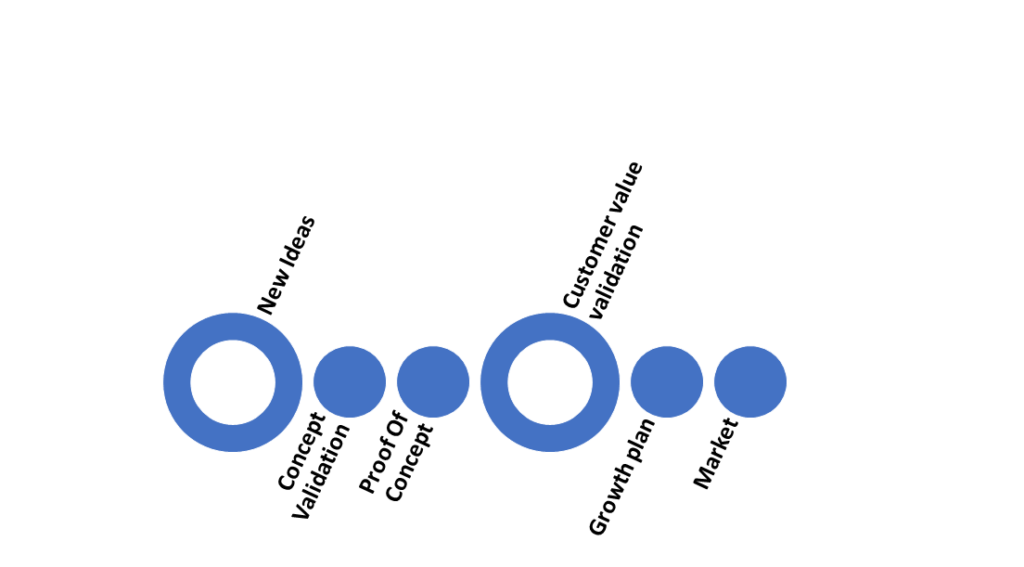The computer programmer is a creator of universes for which he alone is the lawgiver. No playwright, no stage director, no emperor, however powerful, has ever exercised such absolute authority to arrange a stage or field of battle and to command such unswervingly dutiful actors or troops.
― Joseph Weizenbaum
Software has two types of value: the value of its behavior and the value of its structure. The second of these is the greater of the two because it is this value that makes software soft.
― Robert C. Martin, Clean Architecture
Changes are innovations in circles so be part of the real innovation.
Design between Things
Why?
Why Innovation or Change Software?
There are a lot of rational arguments for Innovation (change) in sofware for example are new requirement, new technology, new laws etc. The fact is the human brain makes us quite indifferent to most of them. There are a lot of rational arguments for Innovation (change).
Do you think that the features, functions, time or price are the most important considerations to buy something? Not really! It is easy to be indifferent to such arguments.
What (Missing) Lines Can Tell-or not!
There are a lot of great products we don’t buy. Do any of those factors compel you to make a change? The real reason to change a software (or anything for that matter), is if it enables you to do something you can NOT NOT do once you see that you can. Arguments come from both internal and external sources:
- Customer needs, desires or expectations.
- New technology.
- Changing demographics.
- Economic change.
- Environmental change.
- Societal change.
- Industry structural changes.
- Law change.
Internal
- Problems in operations.
- Company growth or decline.
- New ideas and ways to solve the promblems.
- Leadership and personnel change.
- Improvement of efficiency in the job.
As IT-architect you are in middle of changes so you can have big impact on all architect decisions. So what is innovation (Change) then? The word “innovation” is derived from the Latin verb innovare, which means to renew. In essence, the word has retained its meaning up until today. Innovation means to improve or to change something, for example, a process, a product, or a service.

- New Ideas – Ideas are evaluated for further resourcing. too many ideas. IT-architects have major rules of giving new ideas.
- Concept validation – The concept is developed enough to determine the investment needed.
- Proof of concept – Demonstration in principle with the aim of verifying that some concept or theory has practical potential.
- Demonstration development plan – A plan is developed to provide a proof of concept demonstration to customers.
- Customer value validation – The value to the customer is established through their interactions with the demonstration product.
- Growth plan – For businesses with an established business model,
How to Innovate?
The Right Mindset for Innovation and changes:
- Collect ideas.
- Branistorm more.
- Believe in the impossible.
- Break the rules!
- Look at other domains.
- Minimize or maximize the use of standards.
- Ask customers.
- Observe processes and customers.
Hindsight reveals that the IT-architects focused their attention too much on “obvious” things: user interface, domain-specific components, data management, and persistence. Where is the innvation here ?
What makes IT-architects masters of their craft in innovations?
The innovative IT- architects pay more attention to the things between things-that is, things between components and things between as domain concepts hidden behind standard data types. Sure, they also guide the design of the system’s actual components, but while guidance is often sufficient for further decomposition and realization by the development team, the things between things actually require new ideas and innvations from the IT-architects.